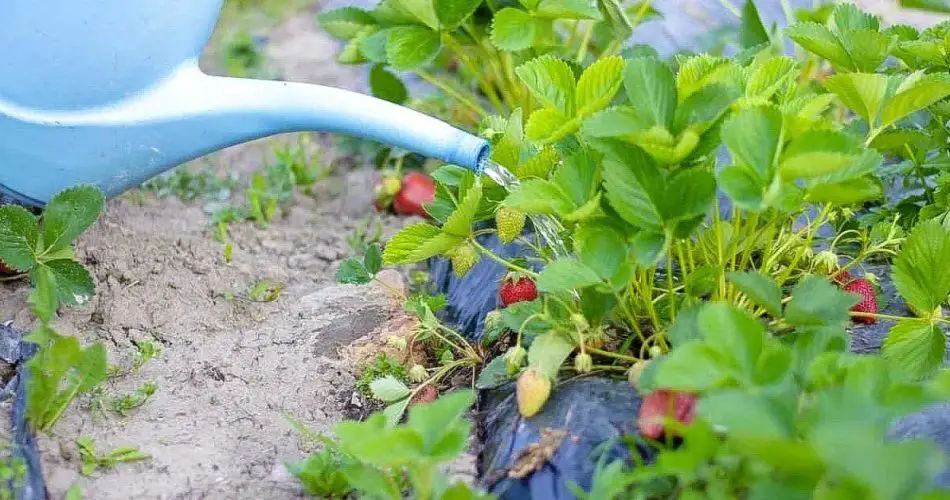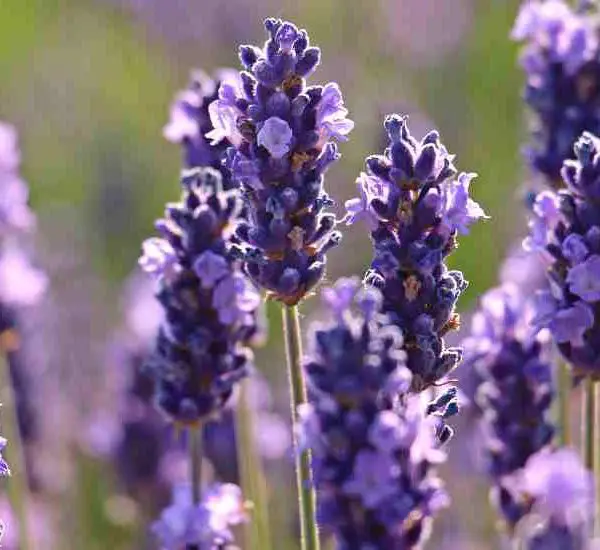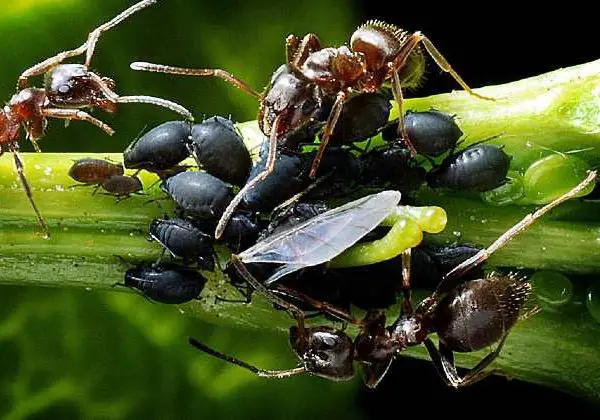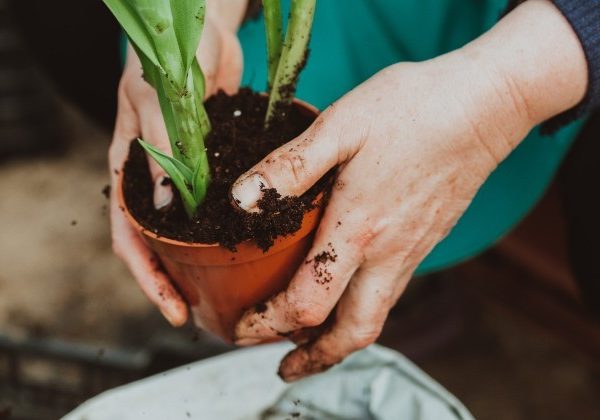How to properly water a strawberry plant: The step-by-step guide
Strawberries… One of our favorite red fruits! With their sensual shape and slightly tangy taste, they’re hard to resist. If you grow them in your garden, you want to ensure a rich, healthy, and tasty harvest. The key to success? Watering. A lack of humidity can be fatal to your strawberry plants.
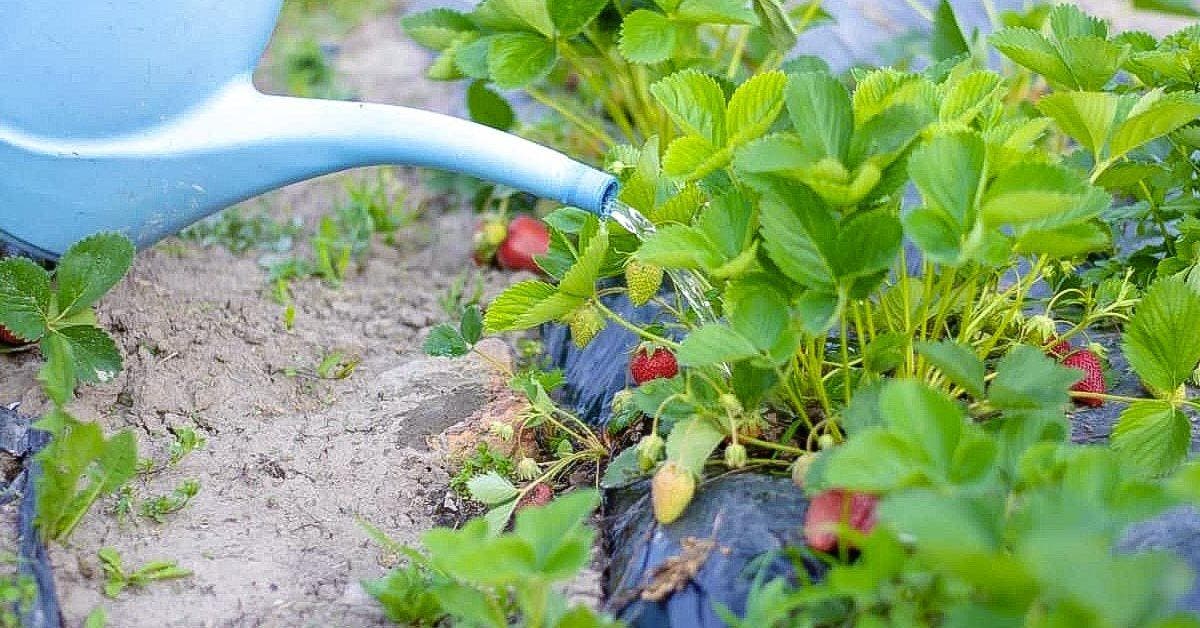
How to Water Strawberry Plants
Tasty, fragrant, and refreshing, strawberries delight everyone’s taste buds. Full of antioxidant properties, they stimulate memory and can even act as an anti-aging agent. Luckily, they are not difficult to maintain!
To achieve an abundant harvest, you need to develop the right watering habits. If your strawberry plants grow in favorable conditions, you can expect your first fruits by late spring or early summer. The secret lies in optimal watering.
Using Boric Acid for Better Flowering
For improved flowering, consider using boric acid. Here’s how to prepare a solution:
- Dissolve half a teaspoon of boric acid powder in a cup of hot water.
- Mix thoroughly until completely dissolved.
- Dilute this solution in ten liters of water.
This rich liquid can be used to water your strawberry plants during their flowering period and can even be sprayed on leaves and flowers.
Note: Boric acid, when used in small amounts, acts as a good fertilizer and helps deter harmful insects.
Do Strawberry Plants Need a Lot of Water?
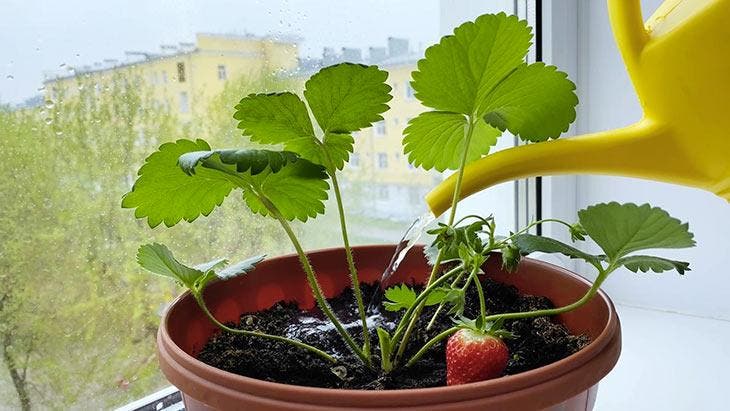
Absolutely! Watering plays a key role in growing strawberries. Your plants need consistent moisture throughout the growing season, especially as they ripen. Newly transplanted plants typically require overhead sprinklers for at least six weeks to establish themselves.
Caution: Young roots are sensitive to drought and salinity, so proper maintenance during this stage is essential. Fertilization and irrigation are necessary for healthy growth.
Tip: Transition to a drip irrigation system as the season progresses to prevent excess moisture, which can accelerate fruit rot.
Preventing Rotting Strawberries
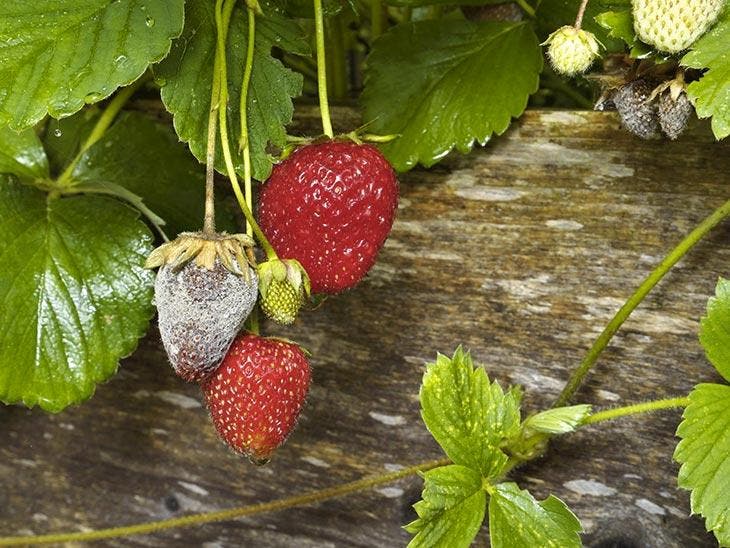
To avoid the nightmare of harvesting rotten strawberries, here are some preventive measures:
- Spacing: Plant strawberries with enough space between them to allow for airflow, helping to dry plants after watering or rain.
- Well-drained Soil: Use a layer of straw mulch to prevent splashing and provide a barrier. In humid climates, covering your plants can help prevent rot.
- Support: Stake your plants to keep leaves and berries off the ground, or consider growing them in hanging pots or a vertical garden.
- Immediate Action: If you notice rot, promptly remove affected strawberries to protect the healthy ones.
If rot persists, consider using a fungicide as an emergency treatment. After a poor harvest, clean the soil and treat it with a powdery mildew solution to improve next year’s yield.
How to Plant and Fertilize a Strawberry Plant?
Now that you know how to water and protect your strawberry plants, you’re well on your way to a thriving garden! Happy growing!
